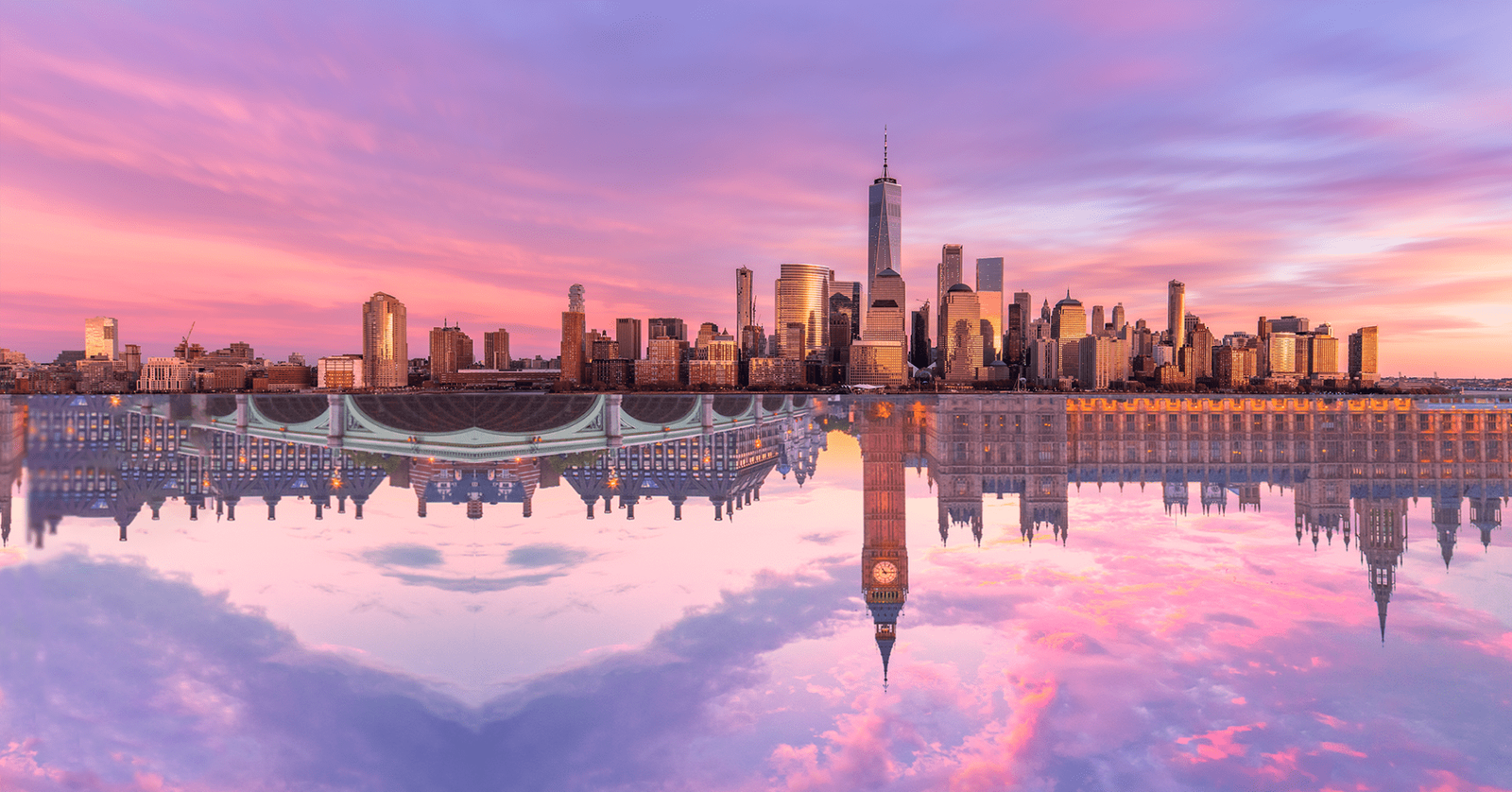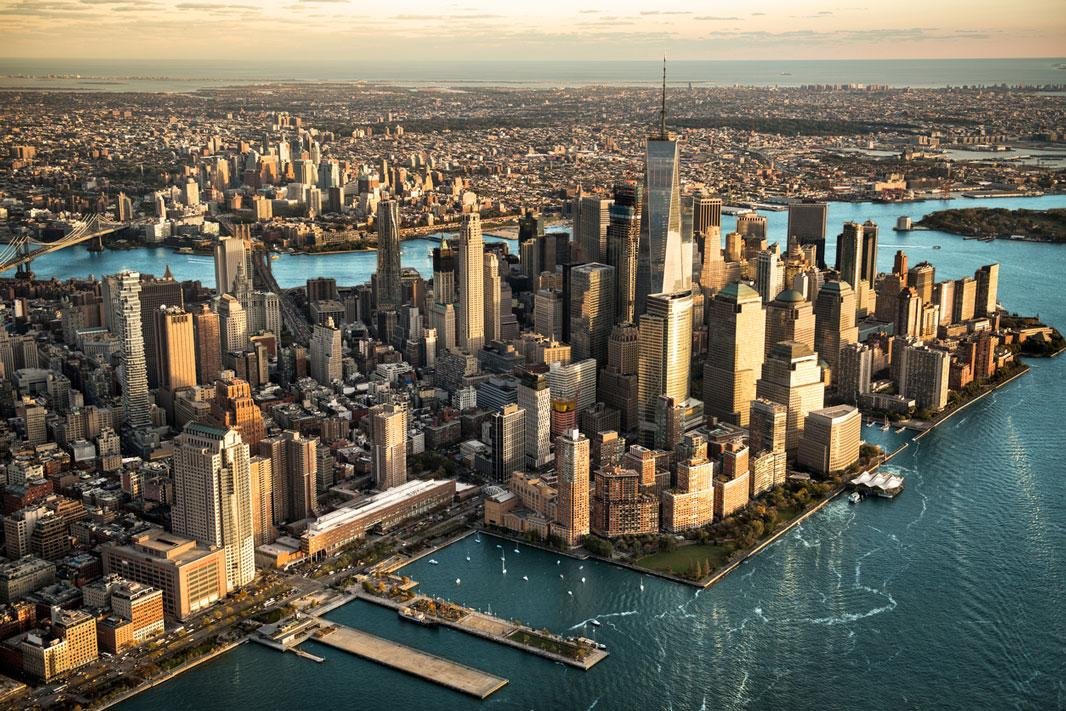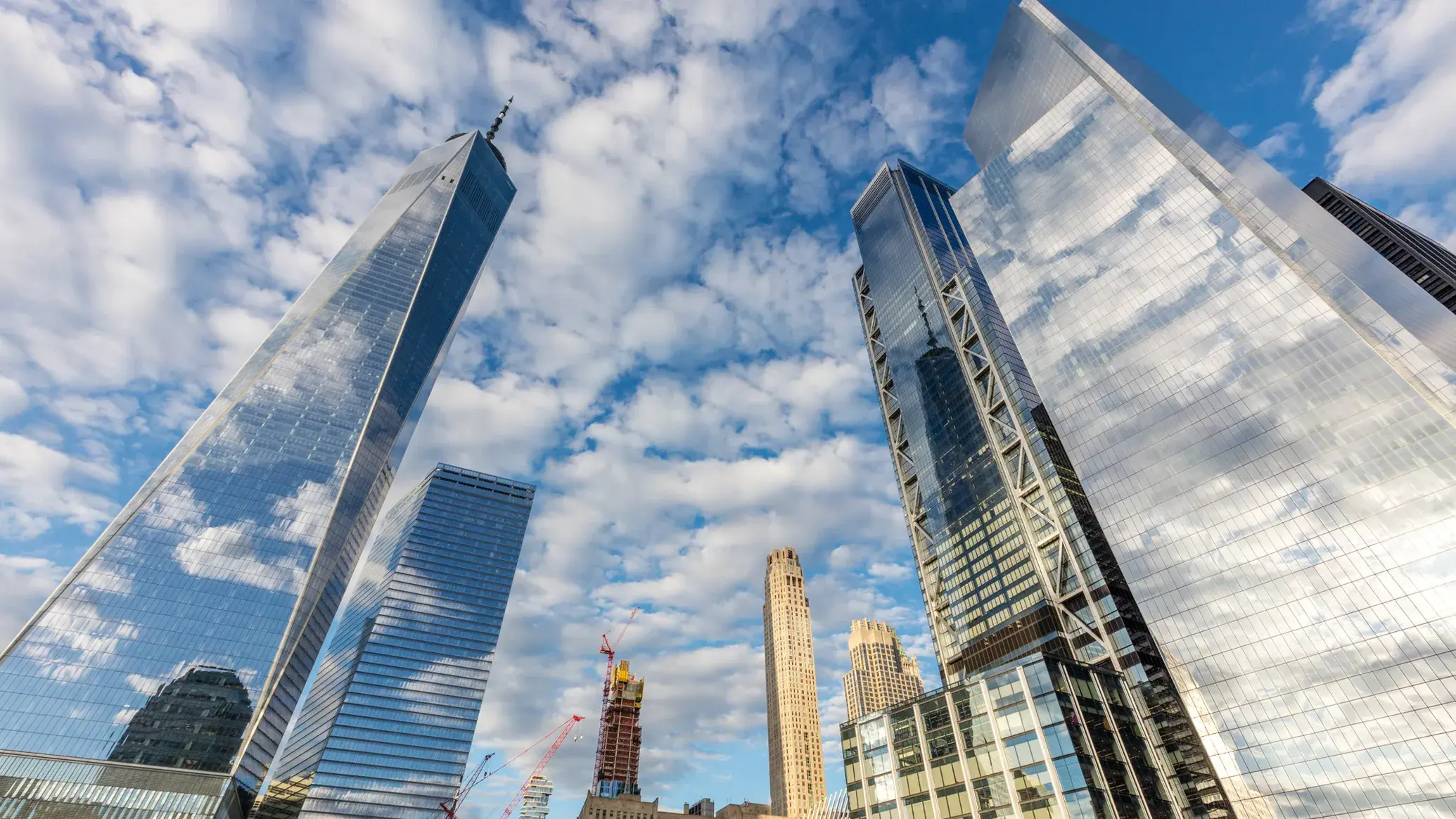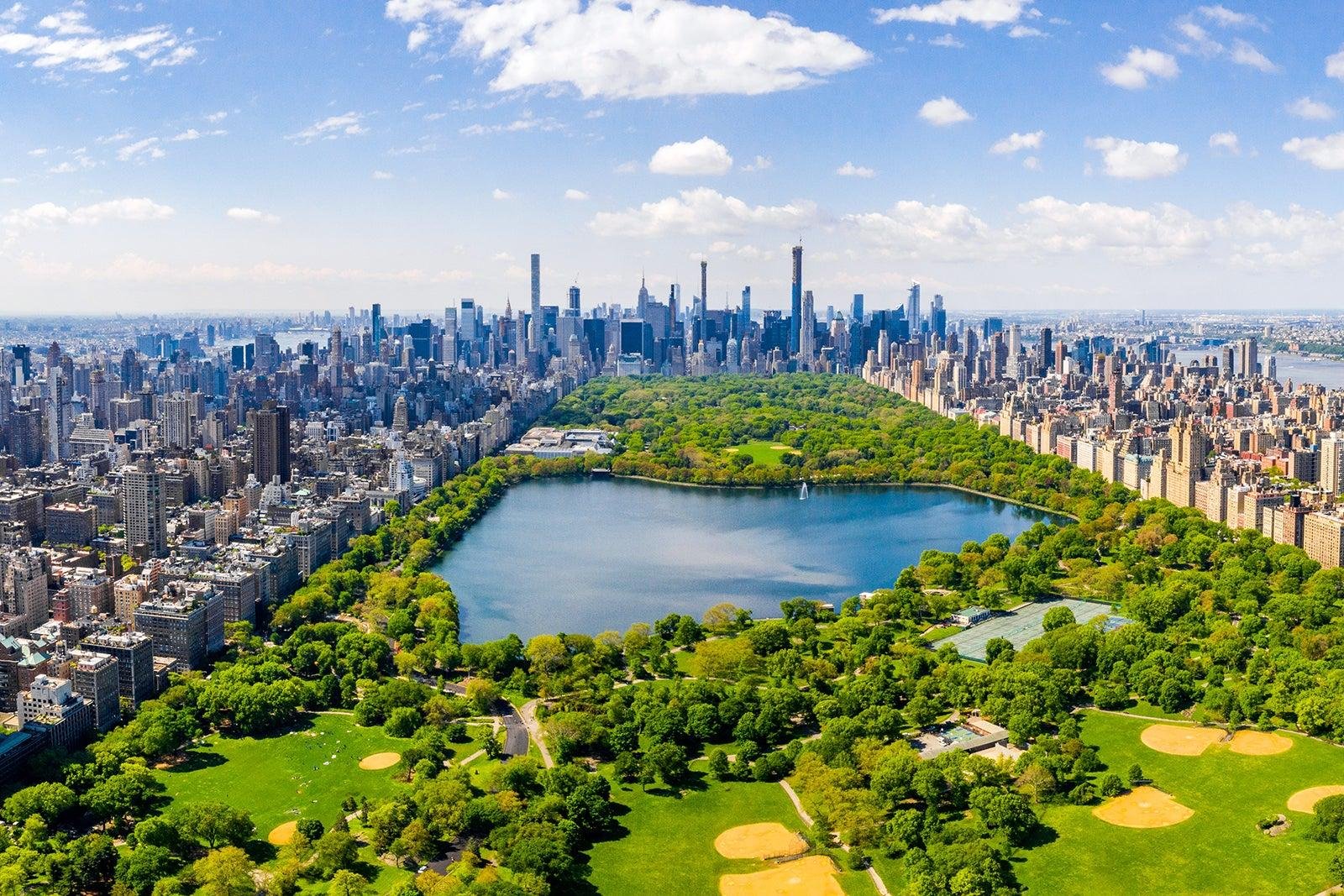The Architectural Marvels of New York City: A Skyline of Dreams
New York City, often referred to as the "Big Apple," is a vibrant metropolis renowned for its iconic skyline and diverse architectural styles. Spanning centuries, the architecture of New York tells the story of a city that has continually reinvented itself, showcasing a blend of historical significance and modern innovation.

The skyline is dominated by skyscrapers, with the Empire State Building standing as a quintessential symbol of New York. Completed in 1931, this Art Deco masterpiece was the tallest building in the world for nearly 40 years. Its distinctive silhouette and observatory deck attract millions of visitors each year, offering breathtaking views of the city.

Another architectural gem is One World Trade Center, a poignant symbol of resilience and renewal following the tragic events of September 11, 2001. Completed in 2014, its design incorporates elements of safety and sustainability, while the glass façade reflects the changing sky, creating a dynamic visual experience. The building stands as a testament to the city's strength and determination to rise above adversity.

In contrast to these towering structures, the historic Flatiron Building, completed in 1902, showcases the city's unique character. Its triangular shape and Beaux-Arts design make it one of the most photographed buildings in the city. The Flatiron, along with the iconic Chrysler Building, represents the early 20th-century architectural movement, characterized by ornate details and a sense of grandeur.
The Brooklyn Bridge, completed in 1883, is another iconic structure that connects Manhattan and Brooklyn. This engineering marvel was the first steel-wire suspension bridge and remains a vital transportation link. Its Gothic-style arches and intricate cables offer stunning views of the skyline, making it a favorite spot for both locals and tourists.

New York's architectural diversity extends to its residential buildings as well. The brownstone, a classic New York City row house, is emblematic of neighborhoods like Harlem and Brooklyn. These charming homes, with their stoops and intricate facades, reflect the city's rich cultural history and the lives of its residents.
As the city evolved, so did its architectural styles. The postmodern movement brought a fresh perspective to urban design, with buildings like the Sony Building (formerly known as the AT&T Building) challenging traditional forms. Its distinctive Chippendale-style roof and playful design elements exemplify the creativity that defines New York’s architectural landscape.
Central Park, designed by Frederick Law Olmsted and Calvert Vaux in the mid-19th century, contrasts with the surrounding urban environment. The park’s landscape architecture, characterized by rolling hills, meandering paths, and tranquil lakes, offers a serene escape from the bustling city. The park is a testament to the importance of green spaces in urban planning, providing a vital recreational area for New Yorkers.

The Museum Mile along Fifth Avenue is home to some of the world’s most prestigious cultural institutions, each with its unique architectural style. The Metropolitan Museum of Art, designed by Richard Morris Hunt, features a grand façade that invites visitors to explore its vast collection. In contrast, the Guggenheim Museum, designed by Frank Lloyd Wright, is an architectural icon known for its spiraling form and innovative use of space.
Sustainability is increasingly becoming a priority in New York’s architectural landscape. The High Line, an elevated park built on a former railway line, exemplifies this trend. Designed by James Corner Field Operations and Diller Scofidio + Renfro, the High Line integrates green spaces into the urban fabric, promoting biodiversity and offering a unique perspective of the city.
The rise of eco-friendly buildings is evident in projects like the Bank of America Tower, which features a green roof, water recycling systems, and energy-efficient technologies. This commitment to sustainability reflects New York City’s goal to reduce its carbon footprint and lead the way in responsible urban development.
As the city continues to grow, innovative architectural designs are reshaping neighborhoods. Hudson Yards, a massive redevelopment project on the West Side, showcases the future of urban living with its modern skyscrapers, retail spaces, and public art installations. The Vessel, an interactive honeycomb-like structure, invites visitors to ascend its stairs and take in views of the surrounding area, embodying the city’s spirit of exploration and creativity.
Cultural landmarks like the Apollo Theater in Harlem and the New York Public Library are vital components of the city's architectural heritage. The Apollo, an iconic venue for African American performers, showcases a rich history of music and entertainment, while the library, with its grand Beaux-Arts design and iconic lion statues, serves as a beacon of knowledge and culture.
New York City’s architecture is not just about buildings; it reflects the lives, dreams, and aspirations of its inhabitants. Each structure tells a story, from the opulence of the Waldorf Astoria to the grit of the Tenement Museum, which brings to life the experiences of immigrants who shaped the city’s identity.
Share:
